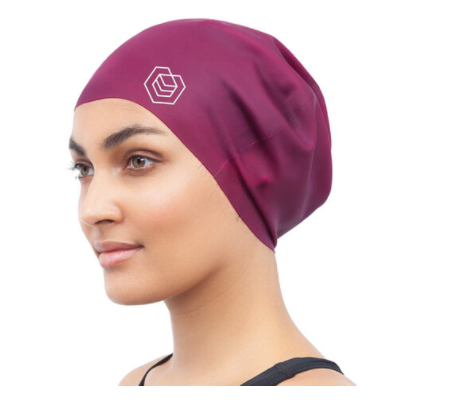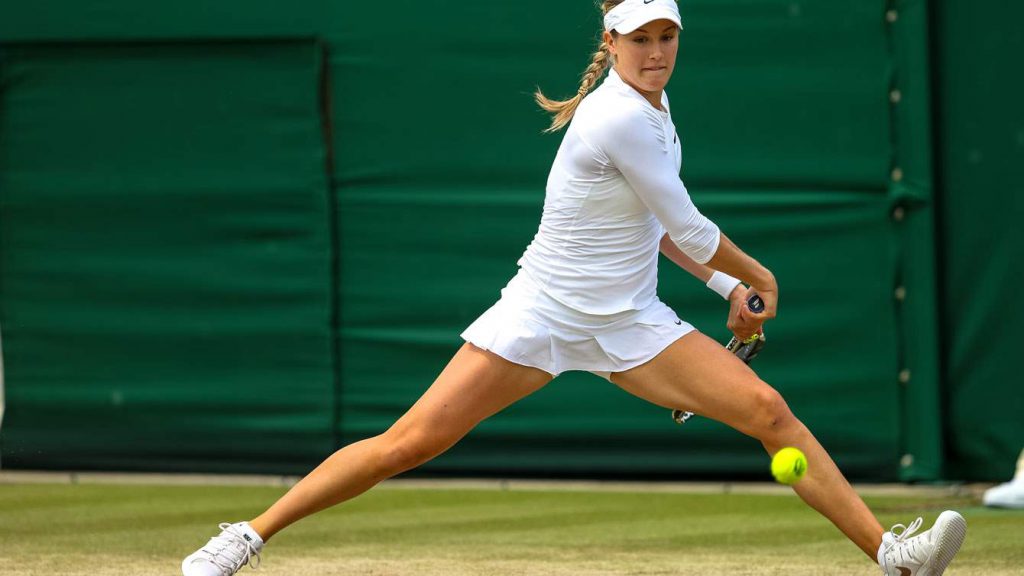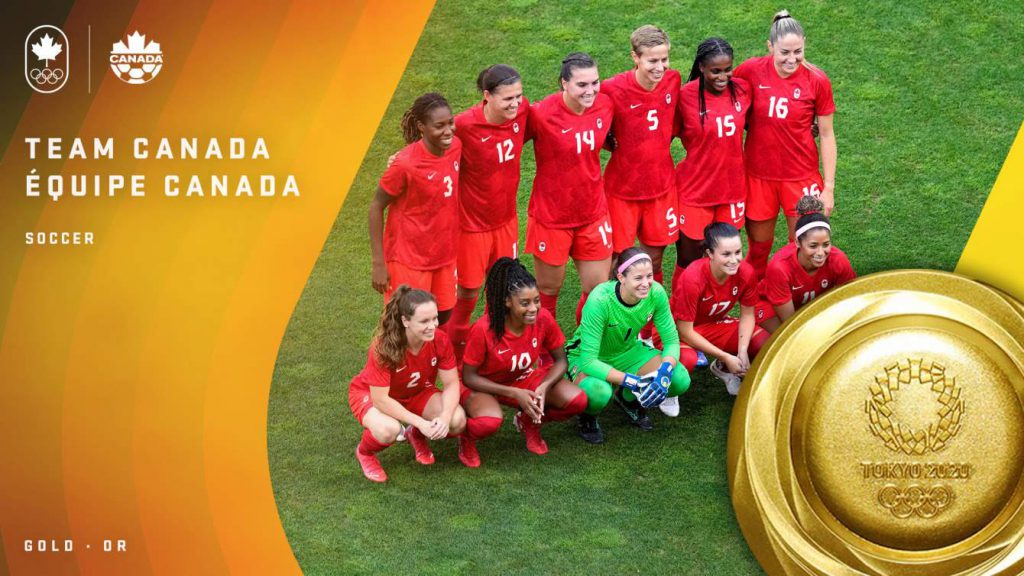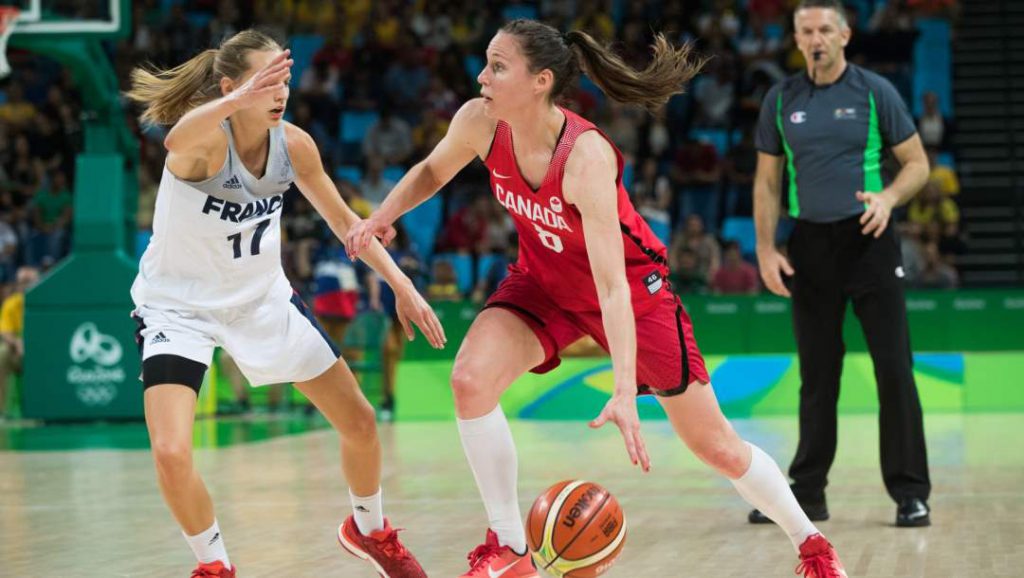Women Athletes are Changing the Game by Pushing Against Archaic, Sexist Rules in Sports
As the Olympic Games 2020 held in Tokyo came to a close, we witnessed many triumphs led by women athletes.

But before the women could even begin their journey at the Olympics, they had to and continue to fight sexist norms and regulations. The sports-regulating bodies in many countries, including Canada have been known to impose rules that over-sexualize and police women’s bodies. Just weeks before the games started this year, swim caps designed for natural Black hair were banned. The International Swimming Federation said that the caps didn’t fit “the natural form of the head.”
However, this behaviour towards women athletes extends beyond the Olympics. In 2015, the Canadian Tennis star Eugenie Bouchard was “flagged” by umpire Louise Engzell for violating Wimbledon’s all-white dress code. How did she violate the dress code? She accidentally showed a different colored bra strap under her all-white gear.

Another story that received wide coverage this year was the Norwegian beach handball team’s refusal to play the game in bikini bottoms. They instead opted for thigh-length elastic shorts. As a result, they were fined for “improper clothing,” according to a statement released by European Handball Association’s Disciplinary Commission. For comparison, the men’s team wear loose fitted thigh-length shorts.
Precedents like these are not only sexist but expose a coordinated, long-standing practice of policing women’s body and gaining autonomy over them. Women have been over-sexualized in sports almost everywhere and there seems to be a blatant disregard for women athlete’s choices when it comes to their bodies and their careers.
Canada won 24 medals in the Olympic Games. In one of the last competitions for the games this year, the Canadian women’s soccer team beat Sweden for the gold medal. Women have proven time and again their vital contribution to sports and the pride they continue to bring to their countries, but that hasn’t been enough for them to be treated fairly. Many women have over the years voiced their dissent on the issue. Women athletes continue to speak up against these archaic rules.

That has brought some changes. Prior to Tokyo 2020, the IOC (International Olympic Committee) released new guidelines to ensure gender-equal, fair and inclusive representation at the Olympics. This year, the Olympics also saw the highest recorded participation by women athletes in history, with 49 per cent of the athletes being women.
Women have had to fight tooth and nail to get those numbers up. Canadian boxer Mandy Bujold was initially told she was ineligible to participate in this year’s Olympics because she was pregnant with her daughter in 2018 and postpartum in 2019 – the years the IOC considered for determining qualifications for 2020. Bujold wasn’t an isolated case. Many women athletes had to plead to the IOC to not discriminate on the basis of their motherhood status. Athletes like Canadian basketball player Kim Gaucher appealed to the IOC to not make her choose between her baby and the Olympics. In response, the IOC finally allowed for nursing mothers to bring their infants to the games.

It is imperative to note the relentless effort that women athletes have made to bring about these changes. This progress then seeps into other fields of work, where women till this day continue to face discrimination because of their gender. By setting examples, these athletes make us proud and enable us to do more to make our world an equal, just place.